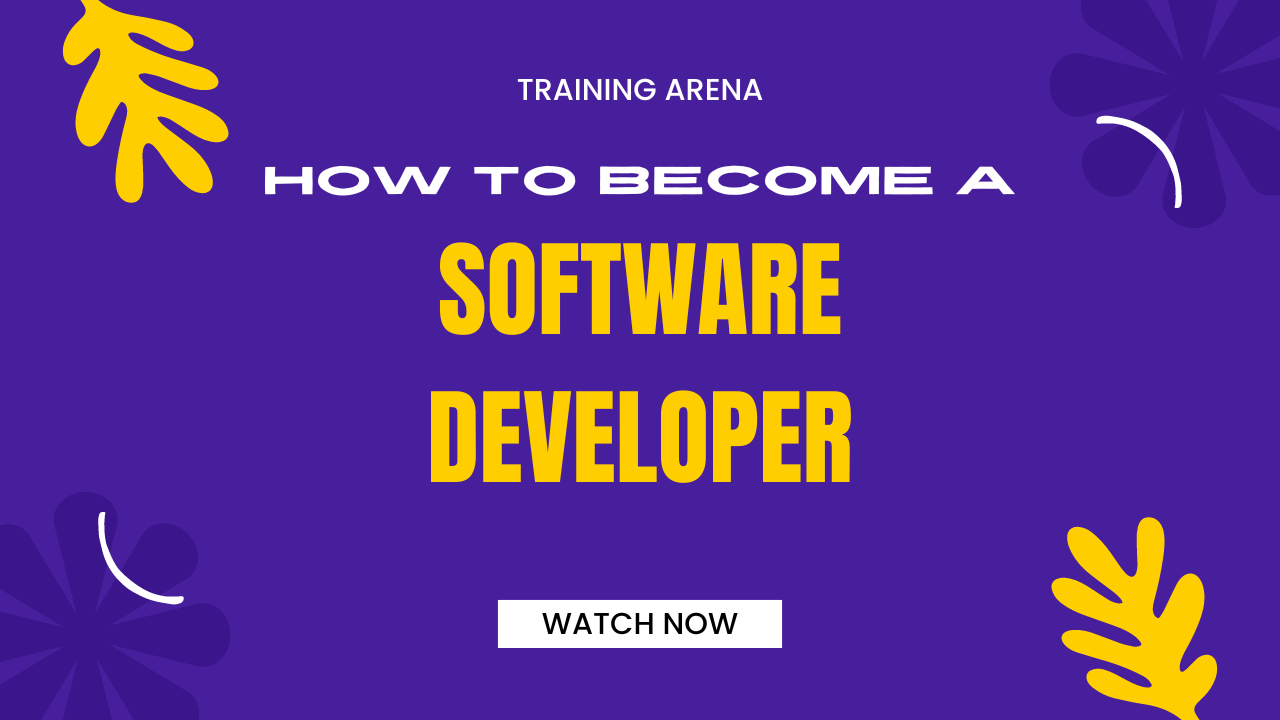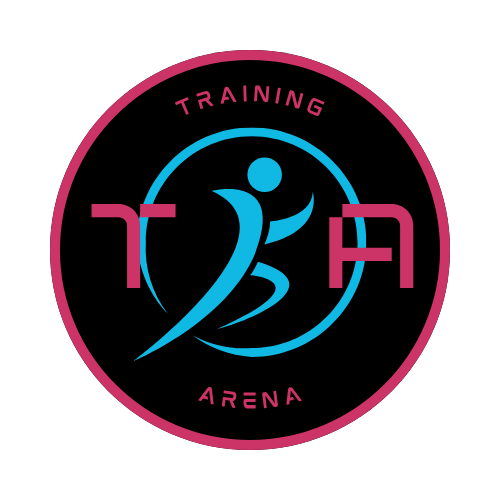Introduction
Software developers are in higher demand than ever. As the digital world rapidly expands, industries like finance, healthcare, and entertainment require skilled developers to create, maintain, and innovate the digital platforms they rely on. Choosing a career in software development means entering a field with immense potential for growth, innovation, and financial reward.
But how to become a software developer? And what does the role entail? This guide will walk you through the steps to becoming a successful software developer, from understanding the basics to preparing for the job market.
Step 1: Learn What Software Development Means
The first thing you should know before becoming a software developer is, what does it do? A software developer designs, develops, tests, and manages software programs. These can be anything from web and mobile apps to large-scale platforms like business apps, databases, and embedded devices.
Types of Software Developers
Before you begin to code, it’s worth taking a closer look at software development routes:
- Front-End Developer: Designing the visual aspects of an app, such as user experiences (UX) and interfaces.
- Back-End Developer: Working on server-side applications, interacting with databases, APIs, and business logic.
- Full Stack Developer: Handling both front-end and back-end development to build full applications.
- Mobile Application Developer: Creating iOS or Android apps using languages like Swift, Kotlin, or Java.
- Game Developer: Creating games for consoles, PCs, or mobile platforms using tools like Unity or Unreal Engine.
- DevOps Engineer: Responsible for software deployment, operations, smooth releases, scaling, and performance.
Successful software developers possess technical skills, rational thinking, problem-solving abilities, and an eagerness to continually learn.
Step 2: Choose Your Career in Software Development
Once you’re familiar with the different types of software developers, determine which direction best suits your interests and career ambitions.
Choosing a Specialization
Choosing a specialization early on gives you more focus for your studying. Some common specializations include:
- Web Development: For building websites or web apps.
- Mobile App Development: For creating apps for smartphones and tablets.
- Data Science/AI: For those interested in data analysis, machine learning, or AI.
- Game Development: For creating video games.
- Cybersecurity: For keeping systems safe by detecting and fixing vulnerabilities.
Choosing a Programming Language
The programming language you choose will depend on the career path you take:
- Web Development: HTML, CSS, JavaScript, Python, Ruby, PHP.
- Mobile Development: Swift (iOS), Kotlin, Java (Android).
- Back-End Development: Python, Java, C#, Ruby, Node.js.
- Data Science/AI: Python, R, MATLAB.
- Game Development: C++, C#, JavaScript (Unity).
Step 3: Get Started on Learning Code
Understanding how to code is the most fundamental thing to becoming a software developer. There are many ways to start learning, including online courses, books, coding bootcamps, and formal degrees.
Online Courses and Resources
Some of the most popular platforms include:
- freeCodeCamp: Free tutorials on HTML, CSS, JavaScript, and more.
- Codecademy: Online code training for beginners.
- Udacity, Udemy: Paid courses on various programming languages.
- YouTube: Free tutorials on different languages and frameworks.
Books, Coding Bootcamps, and College Degrees
For more formal education, you could also explore:
- Books: “Eloquent JavaScript” or “Python Crash Course.”
- Coding Bootcamps: Intensive 8-16 week courses to learn coding techniques.
- Computer Science Degrees: A longer-term investment that provides a deep understanding of algorithms, data structures, and software engineering.
Step 4: Build Projects and Solve Problems
The best way to solidify your coding skills is by working on projects and tackling coding challenges.
Start Simple, Build Complexity
Begin with small projects and gradually take on more complex ones. For example:
- Easy projects: Create a calculator, to-do list app, or simple personal website.
- Intermediate projects: Build a weather app, blog, or contact manager.
- Advanced projects: Work on e-commerce sites, chat apps, or games.
Contribute to Open Source and Use Problem-Solving Sites
Contributing to open-source projects and practicing on coding challenge platforms like LeetCode, HackerRank, Codewars, or Project Euler will sharpen your problem-solving skills.
Step 5: Learn Software Development Tools and Best Practices
You need to get comfortable with tools like Git and GitHub for version control and collaboration, as well as code editors and IDEs like Visual Studio Code or PyCharm.
Development Best Practices
Follow good coding patterns to write maintainable code:
- Code readability: Write code that others can easily understand.
- DRY (Don’t Repeat Yourself): Avoid duplicating code by using functions or classes.
- Comments and Documentation: Explain your code with comments and documentation.
Step 6: Explore Frameworks and Libraries
After mastering a programming language, learn frameworks and libraries to build more efficient applications. For example:
- JavaScript: React (front-end), Node.js (back-end), Vue.js, Angular.
- Python: Django, Flask.
- Java: Spring Boot, Hibernate.
Step 7: Work on Real-World Projects and Collaborate
Gain experience by working on real-world projects and collaborating with other developers. Build a portfolio showcasing your projects, and participate in forums, hackathons, and coding communities.
Step 8: Understand Databases and Back-End Design
Learn about databases (SQL, NoSQL), CRUD operations, and APIs to handle back-end development effectively.
Step 9: Develop Debugging, Testing, and Optimization Skills
Debugging, testing, and optimizing your code is essential for building high-quality software. Get familiar with testing techniques like unit testing and tools like pytest or JUnit.
Step 10: Prepare for Software Developer Interviews
When you’re ready to enter the job market, prepare for technical interviews by practicing coding challenges and refining your soft skills for behavioral interviews.
Step 11: Continue to Learn and Grow
The software development field is always evolving, so continue learning new languages, tools, and best practices. Join communities, seek mentors, and stay engaged with the industry.
Conclusion
Becoming a software developer requires continuous learning, dedication, and problem-solving. From learning how to code to building real-world projects and preparing for interviews, each step brings you closer to a rewarding career.
Software development is an ongoing journey—embrace it with patience and curiosity, and you’ll unlock a career full of opportunities for growth and success.
Good luck on your path to becoming a software developer! 🌟
References
For a better understanding check this out:
How to Become a Software Engineer: A Guide for Those Starting From Scratch
Visit our website for all the courses you need to achieve your goal:

